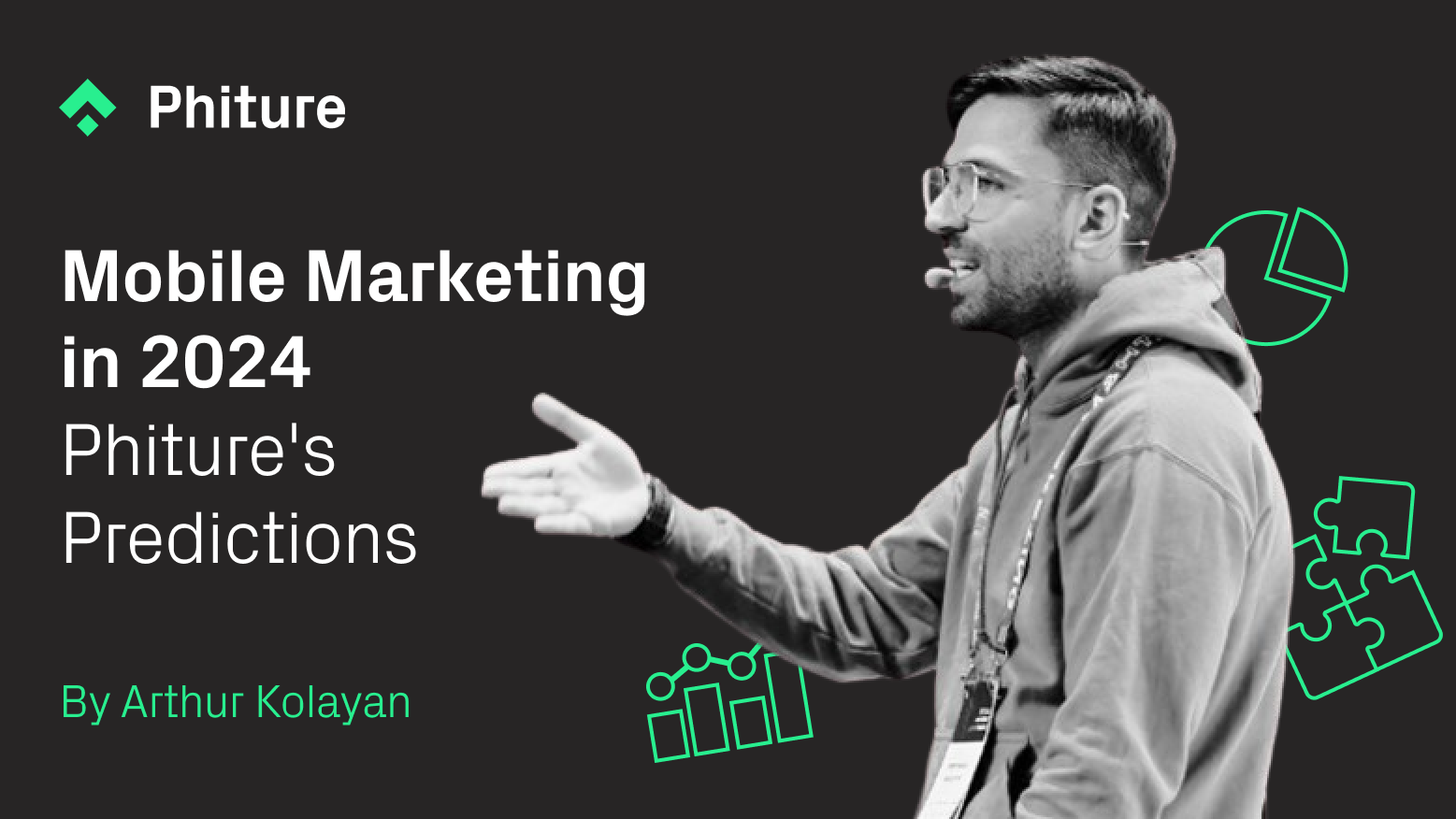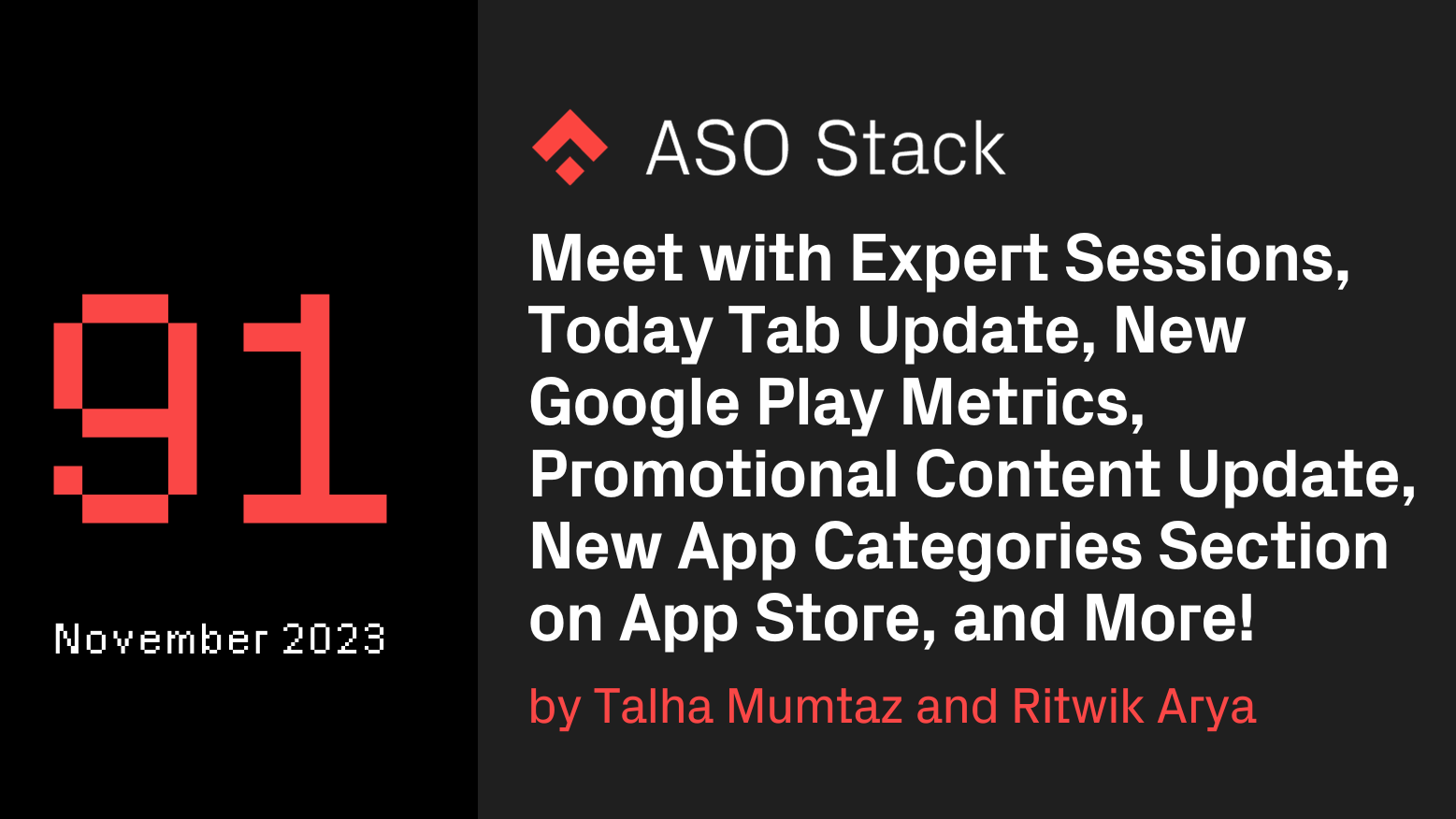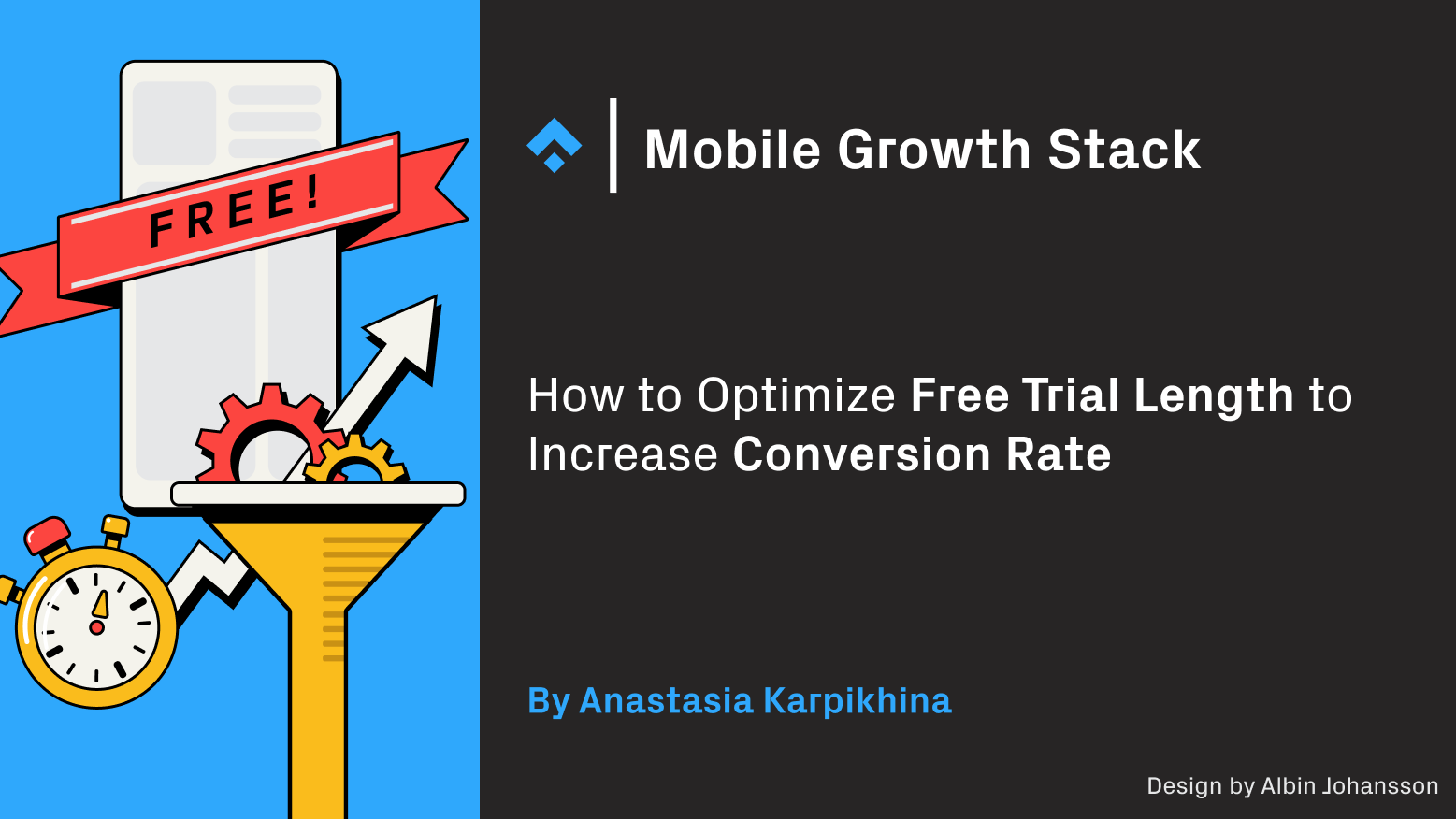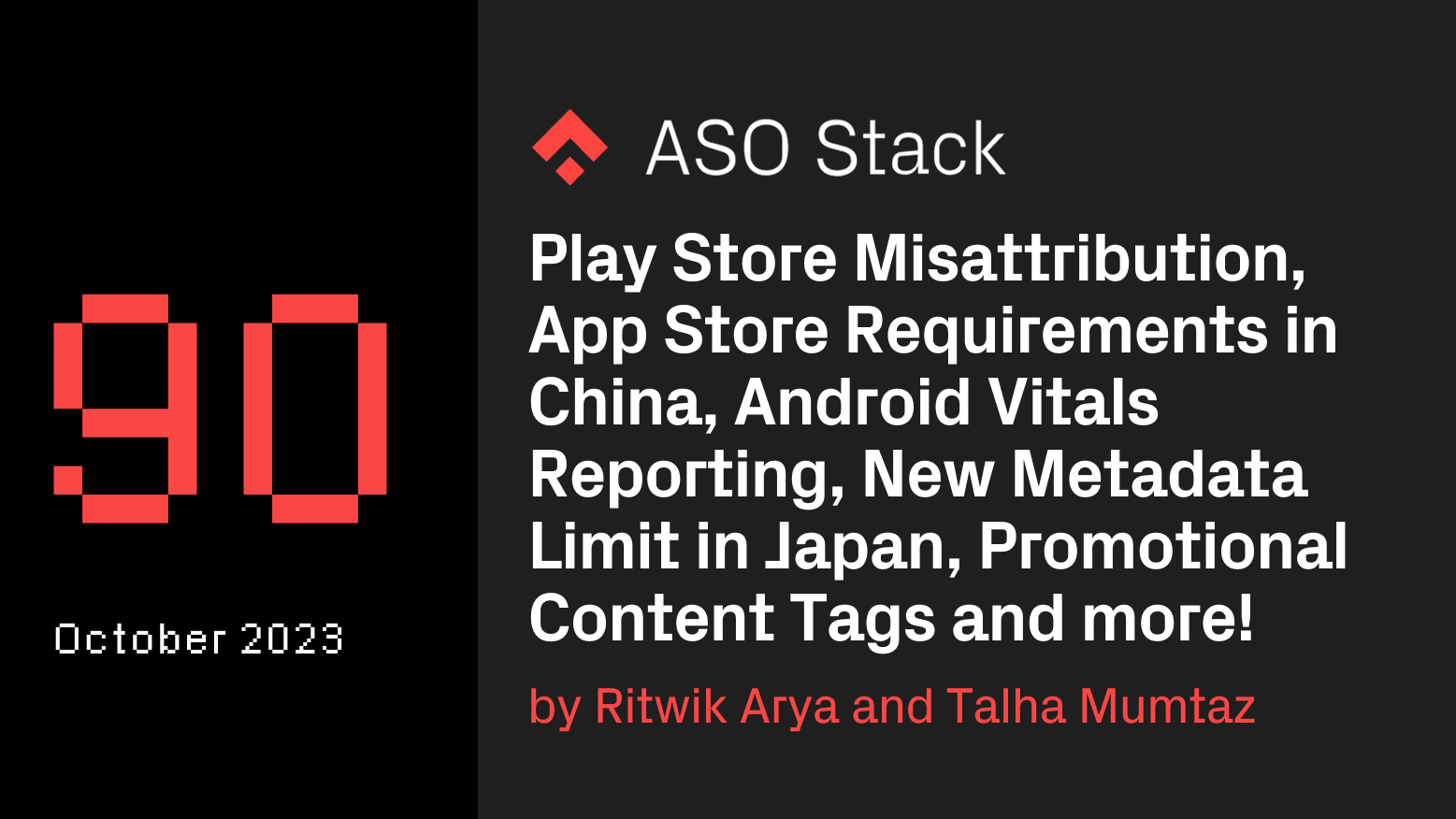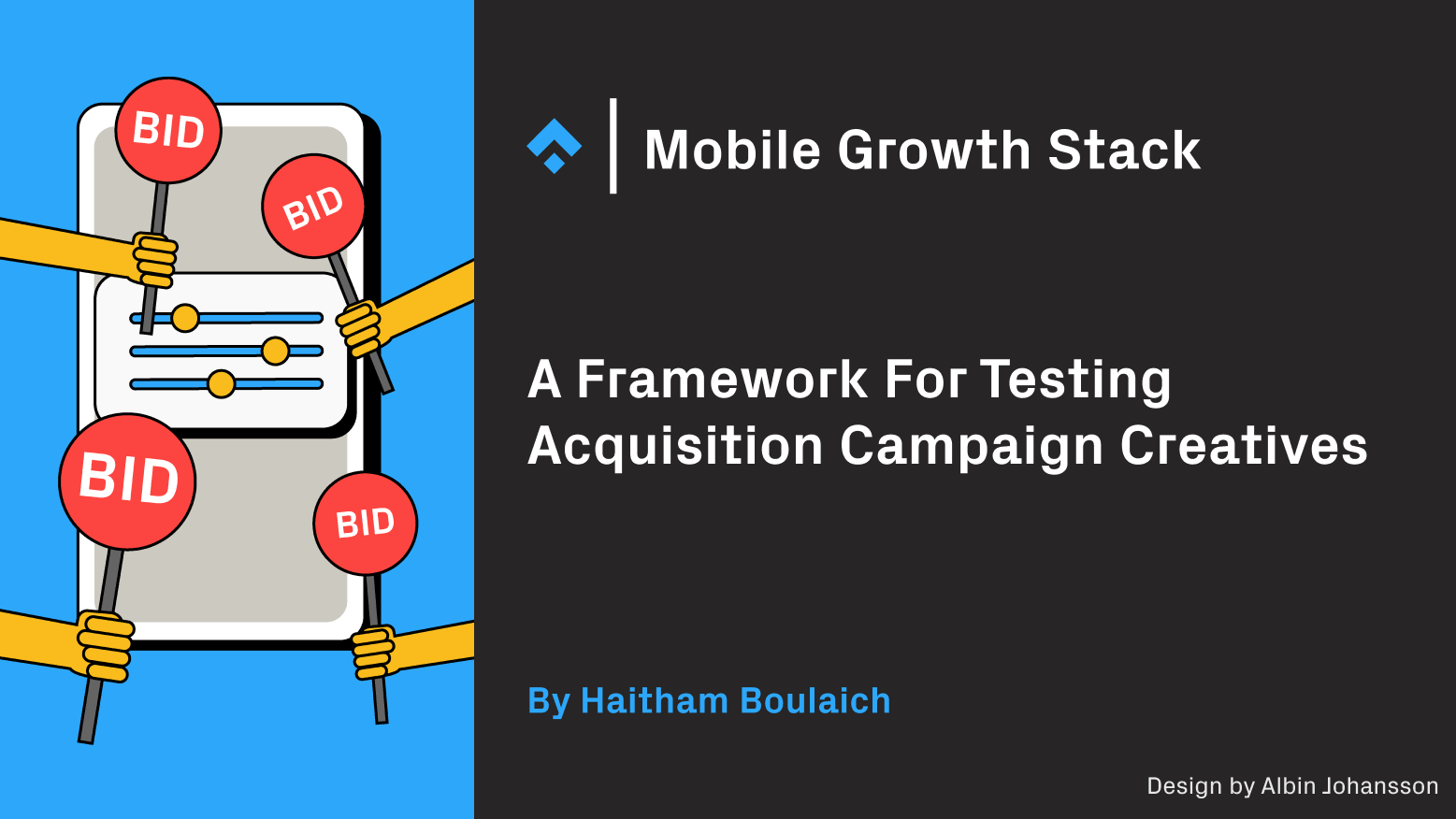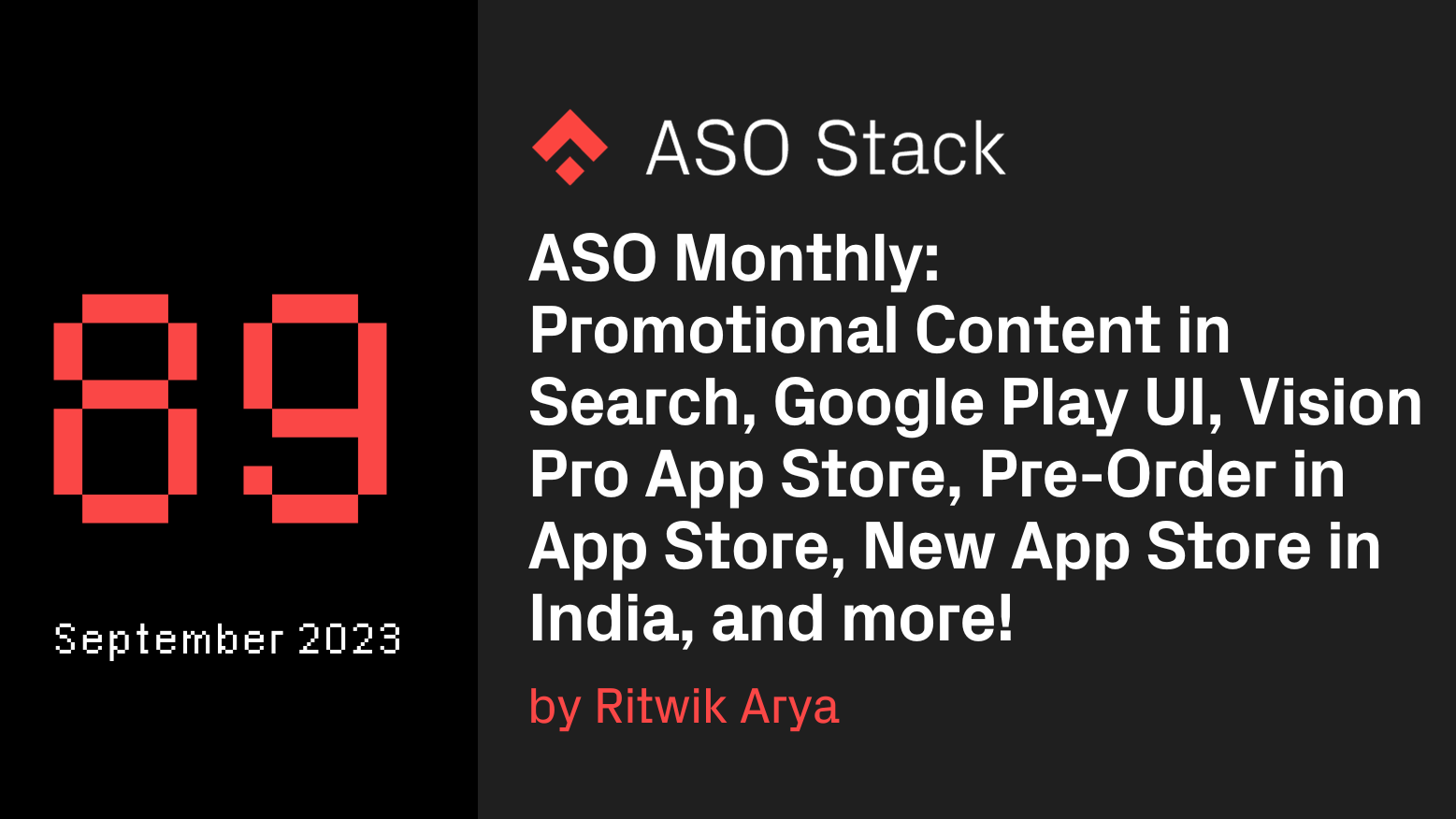We asked seven speakers of the upcoming App Store Optimization Conference for their opinions on the topic of how ASO is getting easier or more challenging.
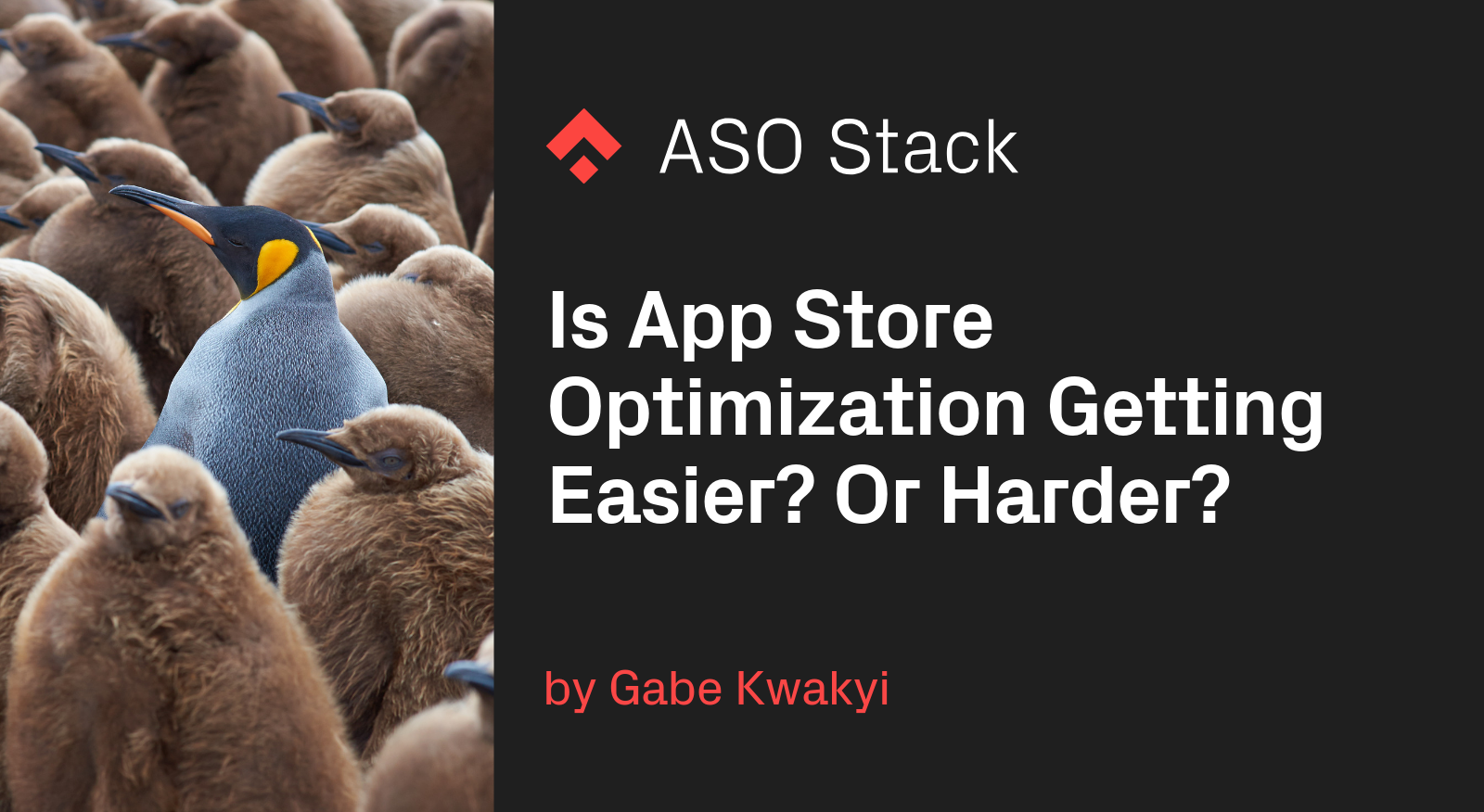
Join us at the ASO Conference NYC to continue the discussion.
What’s one way managing ASO has become easier?
Peter Yoon — Former Senior Marketer & Global ASO Lead, Uber
 It’s easier to comprehensively optimize the app stores. There are more tools to lean on that help with researching and planning. Previously, there were only a couple of tools to use. This made the process a lot easier, but the information was limited. It is possible that this gave us an incomplete view of what we were optimizing and how we were optimizing. It’s always helpful to have a couple of sources to fact check.
It’s easier to comprehensively optimize the app stores. There are more tools to lean on that help with researching and planning. Previously, there were only a couple of tools to use. This made the process a lot easier, but the information was limited. It is possible that this gave us an incomplete view of what we were optimizing and how we were optimizing. It’s always helpful to have a couple of sources to fact check.
Dor Alaluf — Senior Organic Growth Manager, Playtika
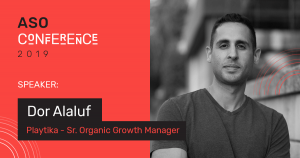 Google in particular has taken steps to make our work a little bit easier by providing new tools like keyword insights and making their algorithm changes a bit more transparent (like their announcement on adjusting the algorithm to place more emphasize product quality). However, this information remains very limited. I think the most significant change that’s making ASO easier is our organization’s growing understanding of the value of a strong store presence and of everything that is required to achieve it. After proving that store visibility is impacted by product elements (vitals, reviews, etc.), the willingness of product teams to collaborate with our ASO team has grown tremendously over the last year, making it easier to make in impact.
Google in particular has taken steps to make our work a little bit easier by providing new tools like keyword insights and making their algorithm changes a bit more transparent (like their announcement on adjusting the algorithm to place more emphasize product quality). However, this information remains very limited. I think the most significant change that’s making ASO easier is our organization’s growing understanding of the value of a strong store presence and of everything that is required to achieve it. After proving that store visibility is impacted by product elements (vitals, reviews, etc.), the willingness of product teams to collaborate with our ASO team has grown tremendously over the last year, making it easier to make in impact.
Mirela Cialai — Director of Mobile Marketing, Zinio
 With a more personalized approach introduced by iOS 12, users are offered a more targeted experience, which contributes to an increase in the quality of the conversions as the apps are exposed to the most relevant segments of users. And as the conversion rate from impression to install is one of the factors impacting ranking within the category, a higher install rate can ultimately contribute to higher category ranking as long as the rest of the contributing factors are also showing growth (install volume, etc).
With a more personalized approach introduced by iOS 12, users are offered a more targeted experience, which contributes to an increase in the quality of the conversions as the apps are exposed to the most relevant segments of users. And as the conversion rate from impression to install is one of the factors impacting ranking within the category, a higher install rate can ultimately contribute to higher category ranking as long as the rest of the contributing factors are also showing growth (install volume, etc).
Luca Giacomel — Head of Game Development, Bending Spoons
 Luckily, ASO has become easier in many ways:
Luckily, ASO has become easier in many ways:
- we now have much better tooling for tracking and performing ASO updates.
- we also have better analytics from App Store connect (browse and search data differentiated).
- the availability of many locales on search ads allows you to perform creative testing in multiple locales (although it’s still a bit cumbersome to run tests with search ads creative testing).
What’s one way managing ASO has become more challenging?
Adam Hadi — VP of Marketing, Current
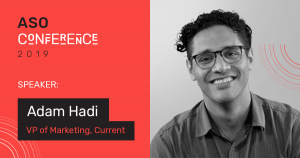 I feel one of the biggest challenges that still exist with ASO in 2019 is being able to truly know if we’re optimizing for the best users — and highest ROI. We have plenty of tools now to help us maximize conversion to installs from our store pages but it’s still difficult to say, at least with high level of certainty if that’s in fact the correct approach. For example, perhaps an less sexy screenshot that turns off many potential casual users may be exactly what our highest value prospective users want to see. It’s difficult to measure if the value of the incremental installs we’re driving is greater than the opportunity cost of the users that we are not getting by taking the approach of maximizing install volume. While we’d like to maximize both — I’m cautious about falling into the trap of optimizing for what can most easily be measured rather than what is most impactful.
I feel one of the biggest challenges that still exist with ASO in 2019 is being able to truly know if we’re optimizing for the best users — and highest ROI. We have plenty of tools now to help us maximize conversion to installs from our store pages but it’s still difficult to say, at least with high level of certainty if that’s in fact the correct approach. For example, perhaps an less sexy screenshot that turns off many potential casual users may be exactly what our highest value prospective users want to see. It’s difficult to measure if the value of the incremental installs we’re driving is greater than the opportunity cost of the users that we are not getting by taking the approach of maximizing install volume. While we’d like to maximize both — I’m cautious about falling into the trap of optimizing for what can most easily be measured rather than what is most impactful.
Aude Boscher — ASO Lead, Phiture
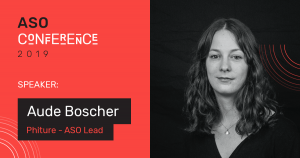 Granularity is still one of the main challenges faced by modern ASO practitioners, who tend to waste time playing guessing games rather than analyzing proper data sets.
Granularity is still one of the main challenges faced by modern ASO practitioners, who tend to waste time playing guessing games rather than analyzing proper data sets.
ASO is also a more mature discipline — it’s no longer about discovery but rather about establishing processes, like we’ve shown with several recent articles on the ASO stack. Plenty of marketers have expertise in ASO, algorithms are smarter — making it harder for companies to deliver immediate impact.
Dor Alaluf
Throughout all my time working in marketing, I haven’t come across any marketing or UA activity that is as dynamic as ASO. The constantly changing algorithms, from keyword rankings to “similar apps” lists and everything in between, require our ASO team to work with tremendous flexibility. The platforms rarely give advance notice of changes, so our team has to act as investigators and try to crack these black box platforms. This is particularly more challenging as the stores begin giving less weight to keyword targeting and more to product quality. Because of this change, we’ve had to strengthen our collaboration with product teams, which requires a great deal of trust, communication, and knowledge of the product.
Mirela Cialai
iOS12 highly personalized approach is actually a double-edged sword, which in some cases can have a significant impact on the volume of impressions, especially for newer apps who risk getting less exposure thus lower volume of installs, and ultimately might find it more difficult to increase their ranking.
Luca Giacomel
Successful ASO updates are becoming more difficult to pull off because of different reasons:
- Increased paid user acquisition efforts/investments are leading to stronger brand awareness and even organic traffic is mostly directed towards branded keywords, where there is little you can do to compete. The few organic searches remaining are quite generic and extremely saturated.
- App Stores are becoming more customized and editorial based, with recommendations, stories, articles and other elements polluting organic results. These elements often prevent you from being the very first result shown in the searches also making it harder to determine the amount of downloads you are making per keyword.
- Organic uplift from paid user acquisition activities is still very complex to track (many sources of traffic and mis-attributions are still problematic).
Peter Yoon
It’s more difficult to provide a large impact with a single optimization. There are a lot more competitors in the market. This makes optimizations harder. But I don’t think a lot of the major players are actively optimizing their keywords and conversion rates on a regular basis. As the algorithms become more complex, as the elements of the app stores continue to expand, it becomes more time consuming to perform ASO duties.
Perhaps it’s not a matter of easier or harder?
Alexandra Lamachenka — Marketing Manager, Skyscanner
 Let’s talk about the evolution of SEO before ASO!
Let’s talk about the evolution of SEO before ASO!
Just like on stores, today if you want to start ranking high enough for “weather” in Google search — good luck with competing for top places with Weather.com, BBC and Accuweather. Neither keyword nor listing conversion optimisation are able to do a thing.
To make your SEO work, you’re looking at discovery centric long tail keywords, such as “weather in Barcelona in November”. Putting enough effort, it is likely that you get to the first page with a decent amount of free organic traffic.
SEO strategies have changed, but keyword optimisation remains in its core.
Now the key difference of the App Store and Google Play Store from Google Search is there are no discovery long tail keywords on which you can rely. Most of the searches on stores are either brand, “accuweather”, or very utility centric, “weather app”.
Whilst the competition for attention is no different.
Or what if I even say that the competition is growing? Although the number of apps remains consistent for the last 3 years and the number of daily installs you need to get to Top 10 doesn’t change dramatically, the major brands are becoming stronger, and it’s getting harder to beat them.
Being somewhat similar before, SEO and ASO strategies are drifting apart.
The app store optimisation moves away from just keyword optimisation and conversion rate optimisation.
It’s getting closer to product marketing and brand.
Is it harder or easier? Neither, it’s just different.
ASO won’t grow dramatically as a channel unless it is heavily supported by other channels.
You know users and understand which pain you’re solving that hasn’t been solved before. You work on app enhancements that are aligned with stores’ strategic visions.
You know how your app performance influences growth, and you work closely with product teams to increase activation and engagement and solve crashes fast.
You now know how many daily installs you need to grow in categories and search, and you’re making sure every single marketing channel (paid, PR, social, etc.) is connected and contributes to your app growth on stores.
You start refocusing your activities from Search to Browse.
Finally, you work on your brand and make sure more people enter your app name in search.
Le ASO est mort, vive le ASO!
What do you think? Add your thoughts in the comments below and share this post if you found these insights valuable.













